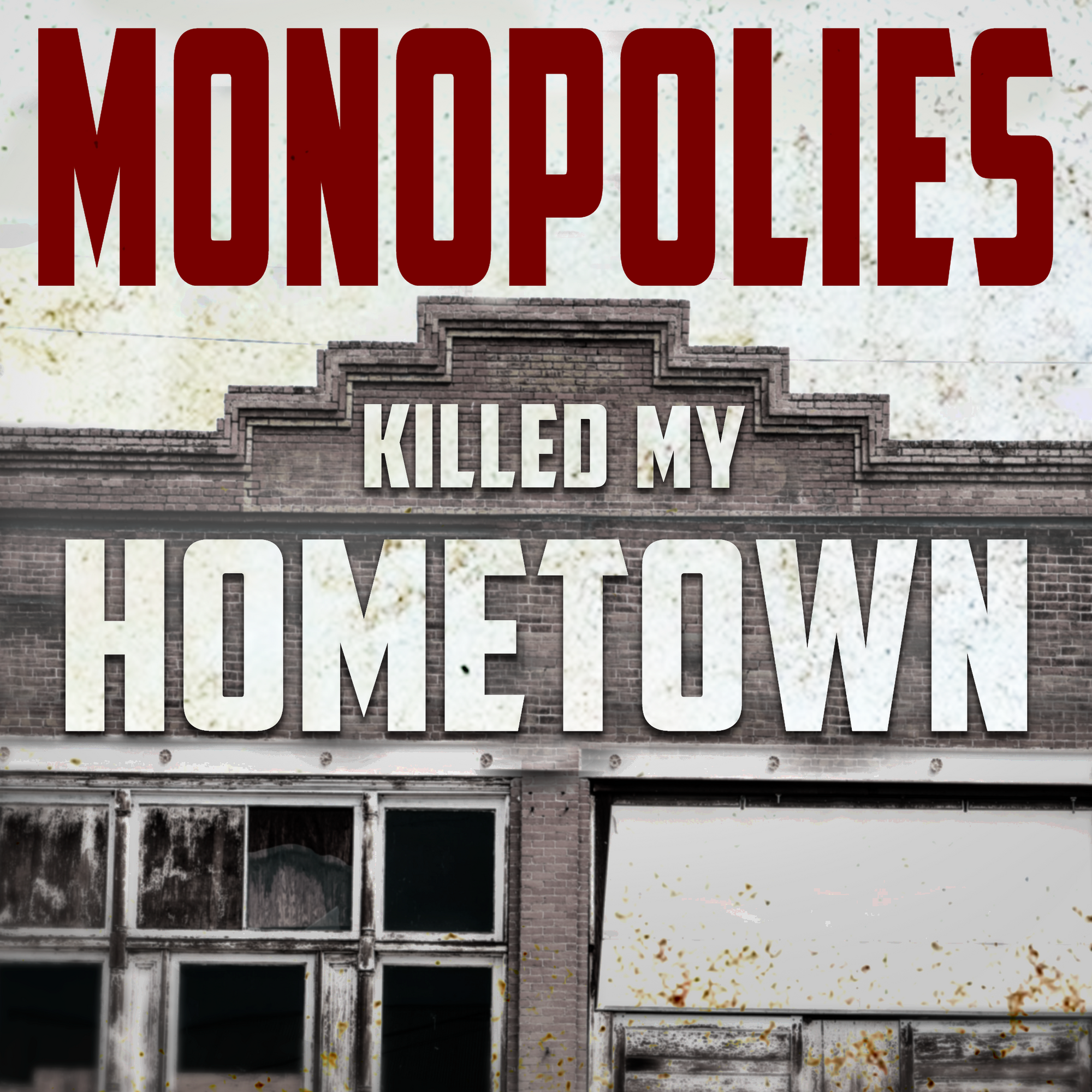Hamster. I know life is hard for you…

Last month, after watching this video, my 7-year old daughter asked for a hamster.
To start – I don’t want a hamster.
We told our daughter our two dogs would bark at the poor hamster too much. So, we quashed the hamster idea.
But I was irked when I couldn’t figure out where I could actually go buy a hamster anymore.
So Many Rodents
When I was growing up my sister and I had SOO many hamsters – Foxy, Pete, Repeat, Wilbur, Snowball, Snowball’s 8 babies, plus guinea pigs. Looking back, it baffles me that we had that many rodents in our house on purpose.((We didn’t have them all at once – but there was a lot.))
Now, my sister and I did learn some important life lessons from these little rodents. Things like:
When your hamster escapes from its cage, use a trail of food to lure them back
If your hamster has babies and they escape, do NOT pick up the babies and place them back in the cage((Spoiler Alert: The Mom will eat them.))
Never place your hamster cage next to an aquarium – hamsters can’t swim.
Where do you get a hamster anymore?
When I was growing up in the 80’s and early 90’s, there was a pet store in the mall, as well as Zellers, that sold hamsters and other pets. Plus nearby Moncton, New Brunswick had a pile of pet stores((I acknowledge that historically some pet stores had serious problems. The rebirth of the pet store industry needs to deal with this legacy.)). Now the only pets you can buy in Amherst are betta fish.
Let me be clear again – I don’t actually want to buy a hamster, but it bothers me that I can’t if I actually wanted to.
But, I mean… Come on…

Why were there local pet stores that sold hamsters, but there aren’t any now?
Starting in the 1980’s we followed in the footsteps of the Americans and started to change our competition laws, banking regulations, trade laws, and tax structures. This was all done in the spirit of “efficiency”, “consumer welfare”, and “low prices” amongst other ideas.
Before this, we didn’t have a perfect regulatory structure, but we had laws and regulations that tried to make business competition fair for small and independent businesses. We decided that we didn’t want the large chain stores to use their size and capital to force independent retailers, wholesalers, or merchants out of business. We wanted our small independent retailers to be able to compete fairly, or as close to fair as possible.((Follow me on Twitter for my live reading of 1935 Royal Commision on Price Spreads, this report details the abusive practices that were seen in the 1930’s and create recommendations to prevent them. Side note: They are the same abusive practice we are seeing today.)) And when I was growing up we had a thriving retail scene in Amherst.
Amherst’s Two Malls –
When I was growing up in Amherst, the two malls((The Amherst Center Mall, aka the K-Mart Mall, and The Cumberland Mall, aka the Zellers Mall. That was until Zellers moved from the Zellers Mall to the K-Mart Mall. Don’t worry – the nicknames didn’t change.)) were anchored by chain stores – Zellers and K-Mart – and the malls were full of independent retailers and service businesses. My mom owned and operated a women’s clothing store for 30 years((It was in the Zellers mall, and then moved to K-Mart mall.)). At that time across Canada, Zellers, K-Mart, Eaton’s, Sears, and The Bay all existed as part of the retail landscape and as part of our communities. They may have tried, but they never were able to consume the entire retail market.
Today?
The chain stores, supported by their financiers, have consumedour independent retailers, and our small businesses. In doing so, the large companies crushed an integral part of our communities.
Our Missing Merchants –
Independent retailers and local merchants need their communities to thrive for their businesses to succeed. The independent stores’ customers were local people. If the local population wasn’t doing well, the store wasn’t going to do well. And the local stores added much to their community.
They advertised in the local paper or on the local radio station. They supported local events, and spent their money in the community. The owners of these stores also tended to be more involved in service organizations, churches, community boards, and the community in general.
But for large chain stores, the fates of Amherst, NS, Sussex, NB, or Prince George, BC have no impact on their success. If a small community starts to suffer, the large chain can just pack up and leave.
Why am I upset?
It’s not that I can’t buy a hamster. My anger comes from us turning our back on our local businesses and independent retailers, a choice which hurt our communities immensely.
What did we do?
First we changed our laws and regulations that tried to ensure fair competition. Then we sat back, watched the small retailers get consumed and wonder what happened.
That’s why I started this newsletter.
First I want to remind people of this history. If we changed our laws and policies once, we can do it again.
For example, some specific things we can do are:
change our competition laws to put a focus on fairness, not just consumer welfare.
enforce price discrimination and predatory pricing laws and other competition policy laws again.
prosecute white-collar criminals, not just fine them.
assume all mergers are anti-competitive and require firms to prove they are not
have the Competition Bureau look at the health of our communities or small businesses when evaluating potential mergers, not just an abstract promise of efficiency.
These changes need to happen so I can get what I really want.
What I actually want…
a fair playing field so that our independent retailers and our communities can thrive again.
to see how our merchants would innovate and build upon our previous ways of retailing.
more opportunities for people who did not have had them in past.
to walk into a store that is named after the person who owns it, and actually meet them.
our merchants and independent retailers back so they can fill their essential role in our communities and help us all thrive again.
This is why we need to make changes to our laws and regulation. That is how our independent businesses and communities will start to thrive again.
That’s a lot for a little hamster to represent, but it does.

If you enjoyed this post and want to learn more please subscribe by clicking the button below.

Member discussion